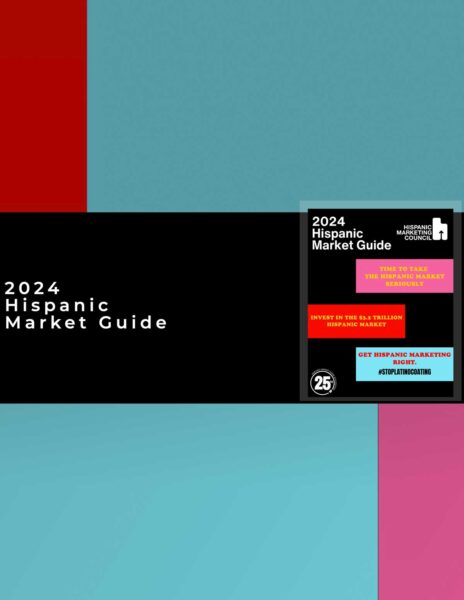The Bridges of Madison Avenue.
January 13, 2013
Madison Avenue today is a study in contrast. The media ecosystem has become so complicated that, just to get a general idea of what is happening in digital, social, set-top and mobile requires supercomputers parsing Big Data terabytes.
Yet for many Mad Ave residents, advertising is still a simple two-way street. They see it as a message that travels from advertiser to consumer via a publisher. Some consumers respond to the message and move toward the advertiser along the classic path-to-purchase funnel, while others don’t. Success is attributed either to the quality of the message or to its ability to reach more eyeballs and break through the clutter of other advertisers’ messages traveling along the same busy street.
Many hope that a single metric media currency can one day emerge to simplify the unwelcome complexity of new media.
What agencies really need, however, is not a new currency but a new set of glasses.
The reality is that the theoretical two-way street that for many represented advertising never really existed. Today, advertising practitioners are finding themselves on a complex network of intertwined country routes, highways, overpasses, roundabouts and tunnels where they are but one of millions of other drivers. And more alarmingly, when it comes to brands and products, they are not even the ones holding the wheel. Their control over their own messages and distribution is diminishing.
What is the use, then, in having a currency, when fewer and fewer of the most lucrative placements can be bought at a discount, or at all? New technology has empowered consumers to manipulate media, and as a result, advertising content gets picked up and passed along, becoming altered and redistributed along the way until it is far removed from its original placement.
With consumers slicing and dicing though content, modifying and disseminating it as they go along, each consumer sees or creates a somewhat different picture anyway. And, thanks to the power of social media, personal perceptions about brands turn into lasting media placements of their own. This creates a buzz that remains long after a campaign is over, continually reappearing in search results and acting like a perpetual media placement on its own, influencing consumer behaviors and their responses to consequent campaigns.
Trying to predict advertising effects today is like trying to predict climate change. In digital ecosystems, just as in the atmosphere, feedback loops amplify the ways in which a consumer warms up or cools off to a brand, with each consumer contribution having a potential butterfly effect in the global marketplace. Today’s reader is tomorrow’s message.
So what value do agencies bring to advertisers in this new world? Certainly not the ability to break through clutter with a brand message and ensure mass reach? In our fragmented media ecosystem, that’s not a cost-effective approach.
Instead, data analysis and predictive modeling should become an agency’s core. In the end, everything will come down to an advertiser’s ability to collect relevant data, extract non-trivial insights from it, turn insights into rules and algorithms, and set the machines to exercise those algorithms while also pursuing the best deal on media.
The widening of a complex marketplace, and the advance of real-time bidding and optimization in digital media, is fueling predictions of the end of agencies as we know them. In their place will be the rise of the machines, with advertising going the way of finance, where artificial intelligence has already automated much of the high value work. One can almost see Agent Smith from “The Matrix” addressing a humbled Don Draper: “The future is our world, Don. The future is our time.”
There is, however, a silver lining for agencies. The more complex the information flow becomes, the more important brands will be for the consumer. Value will be in aggregating all associations that help to positively differentiate a product, service or person and providing valuable cognitive shortcuts for busy decision-makers. And who but agencies know how to build a brand?
The future of advertising is not a new media currency but a change in the industry mindset. It is about opening our collective mind. The best thing agencies can do for their clients is to realize that the media world has been inflated almost to the size of the real world, and it now includes a plethora of things previously not considered to be advertising — all of which need to be measured and analyzed if agencies want to remain relevant. This new media world will create new opportunities as well. The internalization and amplification of advertising messages by consumers may just be the best thing that ever happened to the industry.
by Yaakov Kimelfeld
Yaakov Kimelfeld, Ph.D., is Chief Research Officer at Kantar Media Compete.
Courtesy of MediaPost































